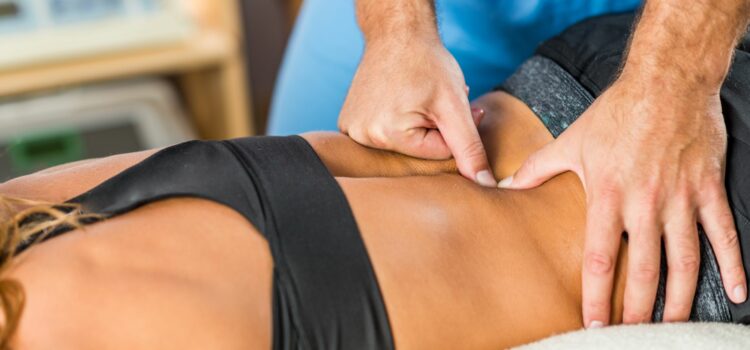
What is sports massage?
Sports massage draws from a variety of techniques (Swedish massage, kinesitherapy, fasciatherapy, etc.) to optimize tissue health and recovery before and after the practice of sports. Sports enthusiasts of all stripes, including high-performance athletes, use sports massage to prevent injury, ease training-related muscle and joint tension, and maximize performance.
Benefits of sports massage
Sports massage offers numerous benefits, depending on the care objective and the recipient’s needs. To help prevent sports injuries, for example, the sports massage therapist will focus on recovery and the body’s return to equilibrium or its normal state. Conversely, when there is an injury*, the care dispensed will help break the cycle of degeneration by establishing optimal conditions for recovery from injury.
Benefits associated with sports massage:
- Improves preparation and physical recovery after training
- Promotes soft tissue health (e.g., skin, muscles)
- Relieves training-related muscle tension, congestion and discomfort
- Relieves musculoskeletal pain
- Maintains or improves range of motion in the joints
- Engages underused tissue or tissue weakened by training, thereby reducing susceptibility to injury
*In the presence of an injury, people are strongly advised to secure the approval of their physician before receiving a massage. Massage therapy is meant to serve as a complementary approach and is not intended to replace medical expertise.
Contraindications
As is the case with other massage therapy techniques, sports massage is contraindicated under the following conditions:
- Fever
- Infection (e.g., skin infection, flu, etc.)
- Severe osteoporosis
- Migraines
- Recent cardiac arrest or stroke
- Open wound
Please note that the massage therapist will collect information from the client prior to starting the massage. This information will be used in part to identify any contraindications for massage.
Conduct of a sports massage session
Sports massage generally takes place in the massage therapist’s office, on a massage table. During a sports competition, the session can also be carried out in a quiet location, on a massage table or on the ground. Massage oil is frequently used in this type of massage.
The massage therapist will begin by collecting information using a client health questionnaire. This makes it possible to identify any potential contraindications for sports massage. An assessment and a tissue palpation will help the massage therapist adapt their care to the recipient’s needs, the sport that they practice, and their overall health condition (e.g., presence of injury). This information allows the massage therapist to better specify which techniques and maneuvers to use during care.
Throughout the session, the massage therapist ensures that the care is effective and safe by constantly eliciting feedback from the client. Based on the muscle tensions identified during the massage and the sport that the recipient practices, the massage therapist will be able to suggest exercises aimed at increasing flexibility and building greater strength in specific muscular and joint structures.
Sports massage can last from 20 minutes to more than an hour, depending on the situation and the recipient’s needs.
Also on this topic

